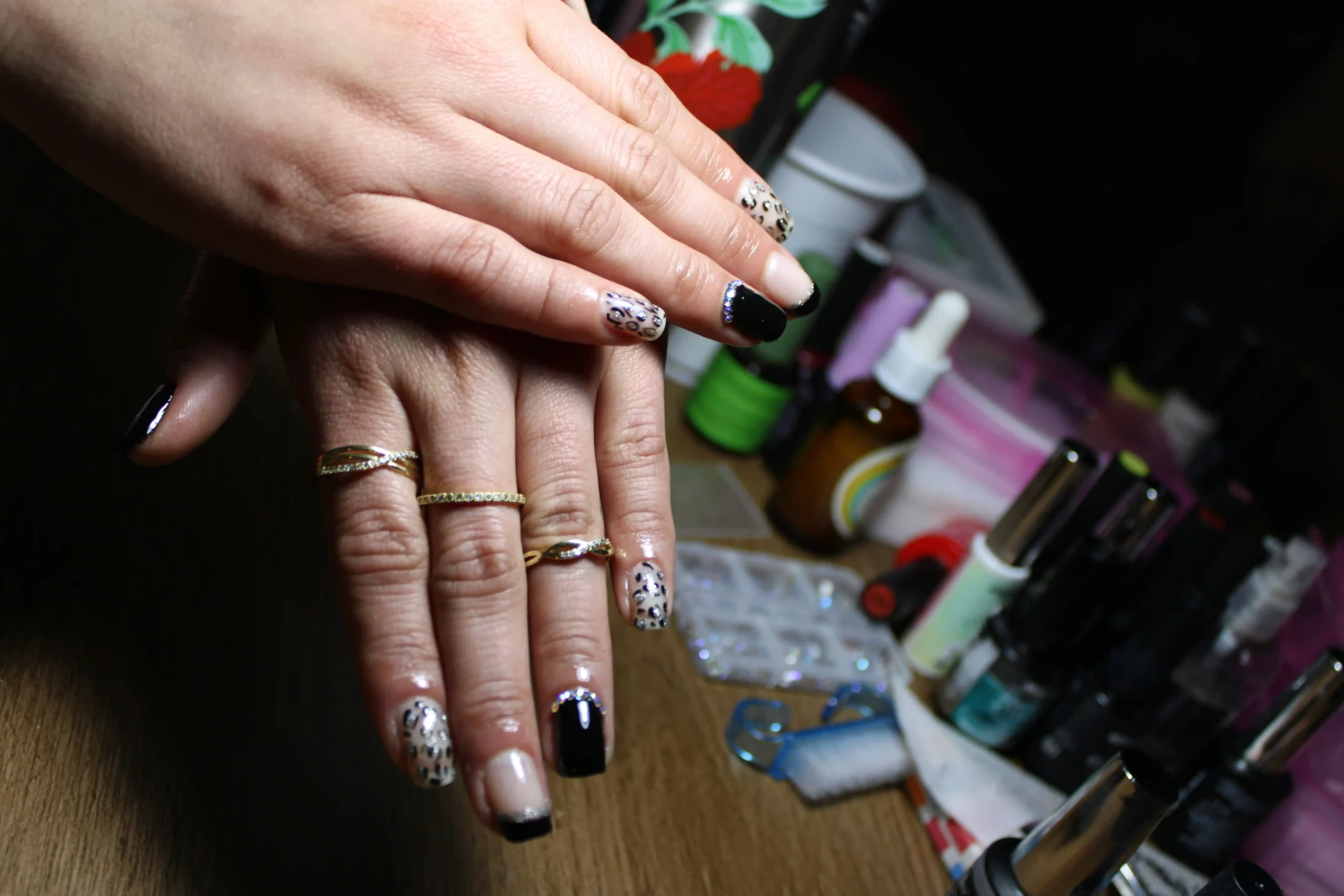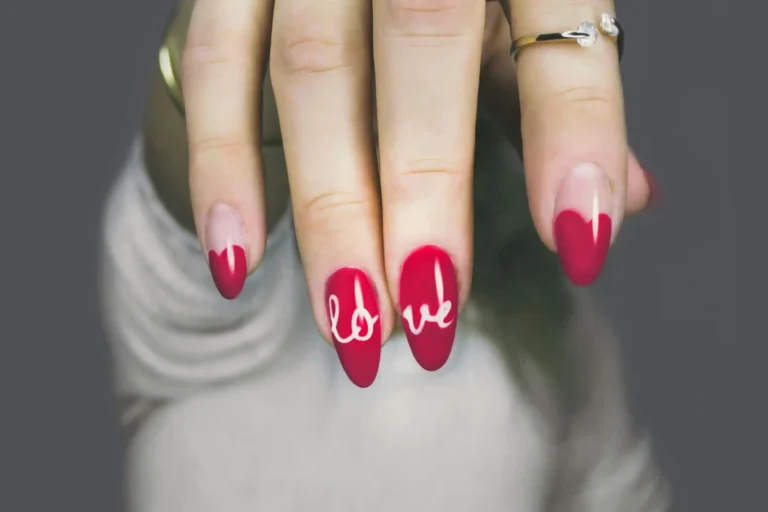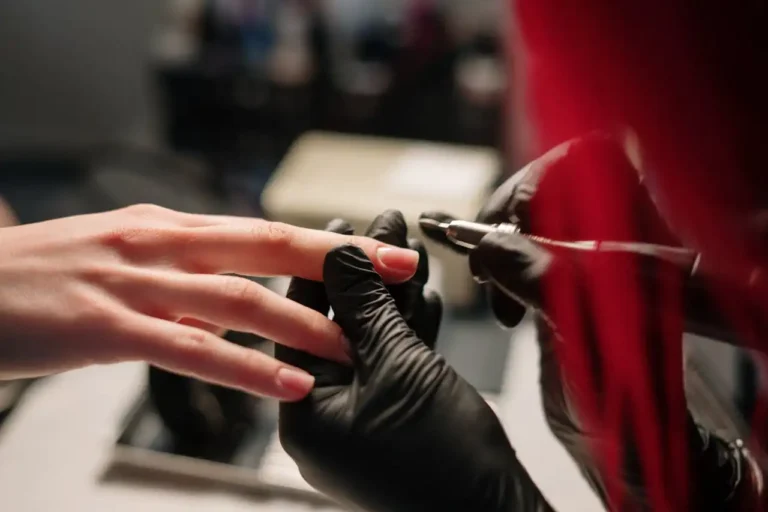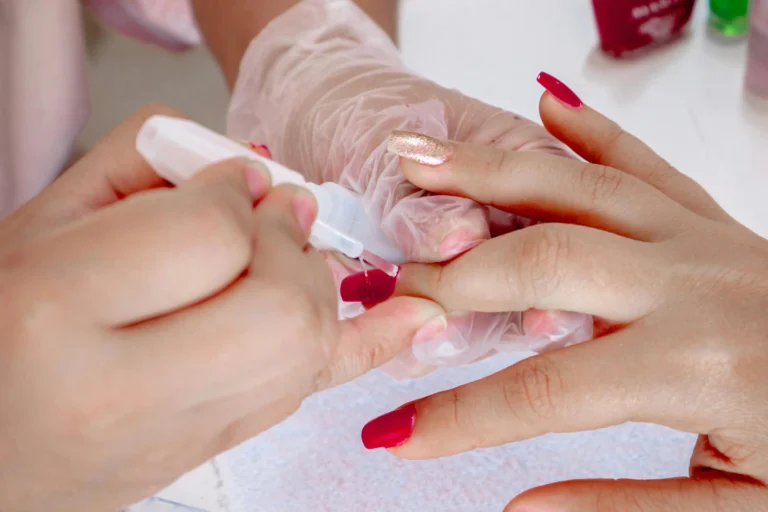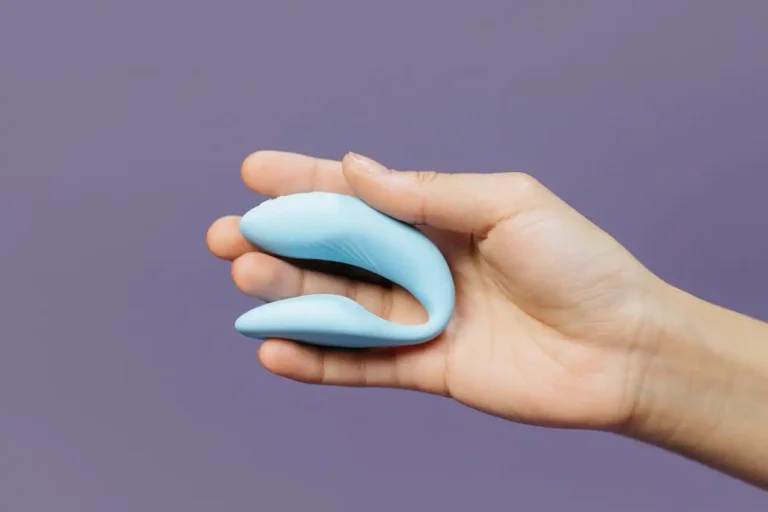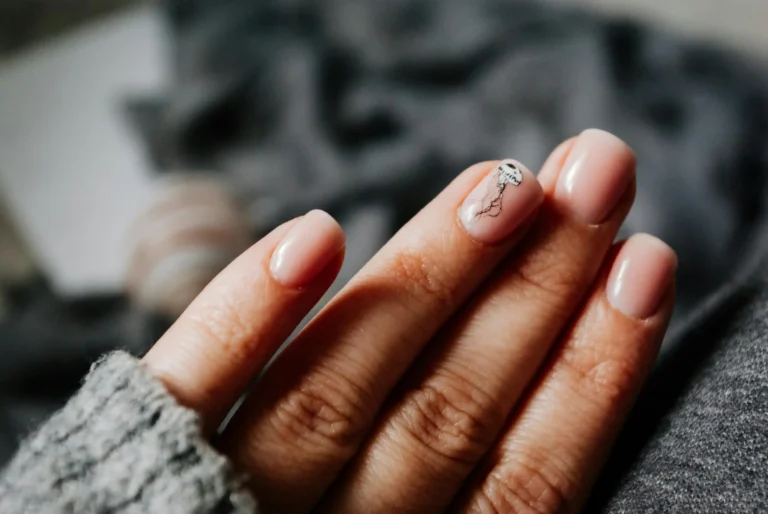Gel vs. Acrylic Nails: Pros, Cons & Care Tips
You’re standing in the nail salon, staring at endless color options, when the technician asks the ultimate question: “Gel or acrylic?”
If you’ve ever felt overwhelmed by this choice, you’re not alone.
Both options offer stunning results, but they work differently and suit different lifestyles. Let’s break down everything you need to know.
What Are Gel Nails?
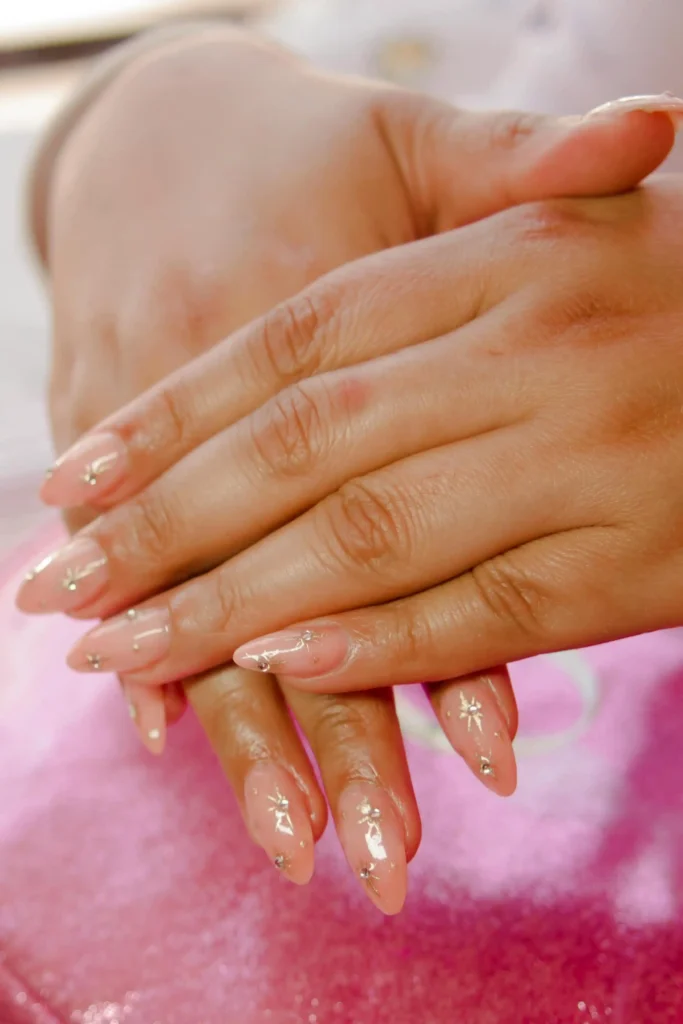
Gel nails use a special polish that cures under UV or LED light.
Think of them as your regular polish’s sophisticated cousin who went to finishing school.
The Gel Advantage
You’ll love gel nails if you want that glossy, just-left-the-salon look that lasts. The shine stays vibrant for weeks without chipping or dulling.
Your nails maintain their flexibility, which means they bend naturally with your daily activities.
Gel application takes less time than acrylics. You can typically get in and out of the salon within an hour.
The process feels gentler on your natural nails since there’s no harsh filing or buffing required.
Your cuticles won’t suffer from strong chemical smells either.
Gel formulas produce minimal odor, making your salon experience more pleasant. You can actually breathe normally during your appointment.
The Gel Drawbacks
Gel nails cost more upfront than regular polish, though they last longer. You’ll pay premium prices for premium results.
Budget-conscious nail lovers might find the initial investment steep.
Removal requires patience and proper technique. You can’t simply peel them off when you’re ready for a change.
Improper removal damages your natural nails, leaving them weak and brittle.
UV light exposure during curing raises some health concerns. While research remains limited, some people prefer avoiding unnecessary UV exposure.
You can ask your salon about LED lights as an alternative.
What Are Acrylic Nails?

Acrylic nails combine liquid monomer with polymer powder to create extensions or overlays. This mixture hardens naturally without requiring special light.
The Acrylic Advantage
You’ll achieve incredible length and strength with acrylics.
They’re perfect if you want dramatic nail transformations or struggle with weak, breaking nails. Your natural nails get a protective shield that prevents breakage.
Acrylics offer unlimited creative possibilities.
You can sculpt any shape imaginable, from classic almond to trendy coffin styles. Nail artists love working with acrylics because they’re moldable and forgiving.
The durability factor wins many converts.
Acrylic nails withstand daily wear and tear better than most alternatives. You can type, clean, garden, and live your life without constantly worrying about nail damage.
Cost-wise, acrylics often provide better value for dramatic length changes. You’ll pay less for significant nail transformations compared to other extension methods.
The Acrylic Drawbacks
The application process takes longer than gel nails. You’ll spend 1.5 to 2 hours in the salon chair. The time investment might not work for busy schedules.
Chemical odors can overwhelm sensitive individuals. The strong smell from acrylic chemicals lingers throughout the appointment.
Some people experience headaches or nausea from the fumes.
Maintenance requires regular salon visits every 2-3 weeks. Your natural nails grow, creating visible gaps at the cuticle line.
Neglecting fill appointments leads to lifting and potential nail damage.
The removal process can damage your natural nails if done incorrectly. Improper removal leaves your nails thin, weak, and damaged.
Professional removal costs extra but protects your nail health.
Direct Comparison: Gel vs. Acrylic
Durability Face-Off
Acrylic nails win the durability contest hands down. They resist chips, cracks, and breaks better than gel nails.
You’ll find acrylics handle physical activities and manual work more effectively.
Gel nails offer moderate durability with superior flexibility.
They bend with your natural nail movement, reducing breakage risk. However, they’re more prone to chipping from hard impacts.
Application Time Battle
Gel nails take the speed crown. You’ll finish your appointment faster with gel application. The curing process happens quickly under UV or LED lights.
Acrylic application requires patience.
The sculpting and shaping process takes considerable time. You’ll need to block out more time for acrylic appointments.
Natural Nail Health
Gel nails generally cause less damage to your natural nails.
The gentler application and removal processes preserve nail integrity better. Your nails stay healthier in the long run.
Acrylic nails can thin your natural nails over time. The filing and buffing required for proper adhesion removes nail layers.
Continuous acrylic wear without breaks can weaken your nails significantly.
Cost Considerations
Initial gel nail appointments cost more than acrylics.
However, you might save money long-term due to less frequent maintenance needs. Gel nails typically last 2-3 weeks before requiring touch-ups.
Acrylic nails have lower upfront costs but require more frequent maintenance. You’ll visit the salon every 2-3 weeks for fills. The ongoing maintenance costs add up over time.
Essential Care Tips for Both Nail Types

Daily Maintenance Habits
You should moisturize your cuticles daily regardless of your nail choice.
Dry cuticles create lifting points that compromise your manicure’s longevity. Use cuticle oil or hand cream consistently.
Wear gloves during cleaning activities.
Harsh chemicals and excessive water exposure weaken both gel and acrylic nails. Protect your investment with rubber gloves.
Avoid using your nails as tools.
Opening cans, scratching surfaces, or picking at things damages your manicure. Use proper tools instead of your nails.
Professional Maintenance Schedule
Schedule regular salon appointments before your nails start lifting. Prevention costs less than repair work. Don’t wait until you see significant growth or damage.
Communicate with your nail technician about any concerns.
They can spot potential problems early and adjust your care routine accordingly. Professional advice prevents costly mistakes.
Consider taking breaks between applications. Your natural nails need recovery time, especially with acrylics. Give your nails a breather every few months.
At-Home Care Strategies
You can extend your manicure’s life with proper home care. Apply top coat every few days to maintain shine and prevent chipping.
Keep a nail file handy for minor repairs.
Don’t attempt DIY removal unless you’re trained. Improper removal causes more damage than any manicure type. Invest in professional removal to protect your nail health.
Watch for signs of infection or allergic reactions. Redness, swelling, or unusual pain requires immediate attention.
Remove artificial nails if you experience persistent problems.
How to Choose the Right Option for You
Lifestyle Considerations
Consider your daily activities when choosing between gel and acrylic nails.
If you work with your hands frequently, acrylics provide better protection. Office workers might prefer gel nails for their natural feel.
Think about your time availability. Gel nails suit busy schedules with their quicker application and longer wear time.
Acrylics require more time investment but offer dramatic results.
Factor in your pain tolerance.
Some people find acrylic application uncomfortable due to filing and chemical exposure. Gel application typically feels gentler on sensitive individuals.
Budget Planning
Calculate the total cost of ownership, not just the initial appointment price.
Include maintenance visits, removal costs, and potential nail repair treatments in your budget.
Consider seasonal factors too. You might prefer gel nails during summer swimming season since they handle water exposure better.
Acrylics work well during winter when your hands need extra protection.
Personal Style Preferences
Your nail length goals influence the best choice. Natural length enhancement works well with gel nails. Dramatic length changes require acrylic extensions.
Think about your preferred nail shapes. Simple, natural shapes suit gel nails perfectly. Complex sculptural shapes need acrylic’s moldability and strength.
Consider your color-changing frequency. Gel removal is easier if you like switching colors often. Acrylics work better for people who stick with one look for extended periods.
Health Factors
Evaluate any allergies or sensitivities you might have.
Some people react to acrylic chemicals while others experience sensitivity to gel formulations. Discuss concerns with your nail technician beforehand.
Consider your natural nail condition.
Weak, damaged nails might benefit from acrylic protection. Healthy nails often do better with gentler gel applications.
Think about your age and lifestyle changes.
Young, active individuals might prefer acrylic durability. Mature clients often appreciate gel’s natural flexibility and gentler process.
Making the Switch
Transitioning Between Types
You can switch between gel and acrylic nails, but timing matters.
Allow your natural nails recovery time between different artificial nail types. This prevents cumulative damage and maintains nail health.
Communicate your switching plans with your nail technician.
They can assess your nail condition and recommend the best transition timeline. Professional guidance prevents unnecessary damage.
Trial Periods
Consider trying both types on different occasions.
You might prefer gel for special events and acrylics for everyday wear. There’s no rule saying you must stick with one type forever.
Start with shorter lengths when trying new nail types.
This reduces adjustment time and minimizes damage if you don’t like the results. You can always go longer once you’re comfortable.
Conclusion
Both gel and acrylic nails offer unique benefits for different lifestyles and preferences. Choose based on your needs, budget, and daily activities for best results.

